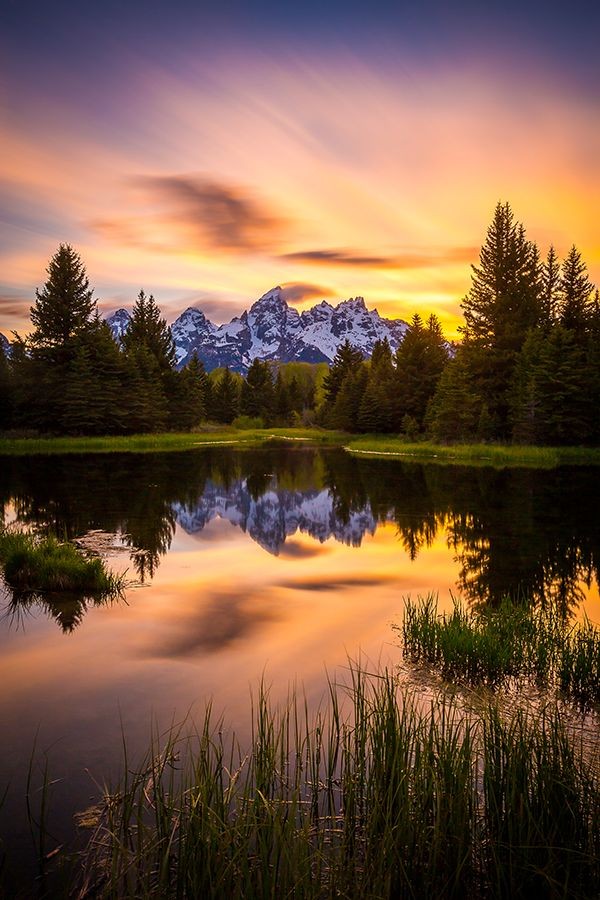PARIS — André Gunthert, the Visual History chair at the French School for Advanced Studies in the Social Sciences, is the first to have turned the digital image into a bonafide object of academic study.
Now, with the emergence of social networks, digital images have multiplied and been democratized, and the leftist researcher offers a radical new inquiry into the phenomenon. "Photography became a niche practice within a wider universe, the one of electronic communication," Gunthert writes in his new book The Shared Image.
A "selfie," or self-portrait taken with a smartphone, is sometimes viewed with contempt from society's top rungs. Intended to be shared, often to get people to laugh and react, this form of expression is nevertheless significant.
In fact, Gunthert says, the selfie phenomenon represents a revolution "unlike anything we've seen for centuries." They are not just iconographic, but also sociological — and even political. Selfie detractors simply don't have a full understanding, he says.
Not new
"We could think that the selfie is the product of an innovative shot using new technology, the smartphone," he says. "But this practice existed long before digital images."
For instance, in the 1991 movie Thelma & Louise the two female characters take a picture of themselves before embarking on their road trip. They don't need anyone to take their picture — especially not a man. The selfie allows them to express their freedom, their independence.

Susan Sarandon and Geena Davis's selfie in Ridley Scott's "Thelma & Louise" — Source: Pathé Entertainment/MGM
This form of expression lived in obscurity before the modern age of the smartphone, without being recognized as a genre in its own right. But it has gained traction now, as even the Oxford Dictionaries' editors named "selfie" the 2013 word of the year.
Hyper contextualization
When Thelma and Louise take a picture of themselves with a Polaroid, they create the memory of a precise moment. "This is not a simple self-portrait," Gunthert says. "This is a contextualization in space and time. Director Ridley Scott has made it a symbol: We can see this picture again at the tragic end of the movie."
The selfie transposes a situation into a visual form. It shows a reinterpretation of reality, he asserts.
The selfie is the answer to the disappearance of context in digital media (such as facial expressions, or the emotion in someone's voice). Snapping a selfie thus becomes a form of hyper contextualization. "We take a picture to transmit our location ("I just arrived at the airport") or to check our appearance ('"Look at my new haircut")," Gunthert says.
A form of respect
Tourists who take pictures of themselves in front the Eiffel Tower value something as old as tourism: sharing the experience of a monument or a site, Gunthert says.

Photo: Gautier Poupeau
"When we see them all reproducing the same movement, it's negatively perceived," he says. "But when a literature professor asks his entire class to read Emile Zola's Germinal, no one is surprised! Germinal is a cultural monument that needs to be shared."
Seeing the Eiffel Tower is the same thing, he argues. "It's experiencing individually a cultural reference. Taking a selfie in front of a historical building is a really good way to show appreciation."
Likewise, when tourists take pictures of themselves in front of the Mona Lisa, it's a sign of interest and respect. "The image is precious for them," he says. "They will keep it, show it to their friends and tell them, 'Look, I've seen the Mona Lisa.'"
It's about conversation, not the image
Gunthert argues that the image is simply a vehicle for conversation. "Social networks are not conversations about pictures but conversations with pictures," he says. "The connected picture doesn't exist without a recipient. We don't take selfies for ourselves, but for others."
Snapchat, an application that's very popular with teenagers, clearly illustrates this concept. "On Snapchat, we don't take pictures of ourselves to appear at our best," Gunthert says. "We play with our image, we highlight it, we tarnish it and, finally, we let it vanish after a few minutes, 24 hours at the most."
On Instagram, in a rather classic way, we produce images, he says. By contrast, we start a conversation on Snapchat by obfuscating our own image. It's the first application that doesn't respect the image. "In fact, on Snapchat, we schedule the image's destruction," he says. "It's probably the height of subversion, the ultimate desacralization of the image. It's not designed to be beautiful but to make people talk. And laugh."
Selfies aren't narcissistic
Narcissism is related to psychiatry, Gunthert argues. Americans consider it to be a pathological disorder.
If we think of the selfie as something narcissistic, "We totally miss its social and sociological dimension," Gunthert says. "For me, selfies express an evolution of social norm. Make no mistake: The selfie is a class practice."

Bill Nye, Barack Obama and Neil deGrasse Tyson in Feb. 2014 — Photo: Pete Souza
It represents a social evolution that has nothing to do with psychiatry, he insists. Selfies are made to be shared. "We always send it to someone, never to ourselves. To do that, a mirror is enough."
Selfies have of course become omnipresent in the context of intimate texting conversations, also known as sexting. "We address these images to someone, through private messages, without the outside world noticing it," says Gunthert. "This is not a narcissistic manifestation."
Psychologist Jean M. Twenge, author of Generation Me, described a narcissistic tsunami that's submerging the world, a theory the media happily relayed. "But a study published in 2008 in Psychological Science showed that young people haven't truly changed their behavior these last 30 years," Gunthert says.
Selfies aren't ugly
When professionals take photos, it's normal for them to master them and make them perfect. By contrast, selfies exude an intentional do-it-yourself feel. The presence of flaws are characteristic to the genre.
"Young stars like Rihanna take great authentic selfies on Instagram," Gunthert says. "The pictures are often low quality, poorly lit, badly framed. But these photos tell a story to her fans. They say: Here I am when I get up, what you see is my intimacy. This doesn't stop her from making the front cover of Vogue with a perfect image. Official pictures will live on."

Authentic Rihanna — Photo: badgalriri via Instagram
The evolution of image tells the evolution of society, he says. Until recently, only artists had a right to disrupt norms.
"Marcel Duchamp, who distorted everyday objects to make art, was very subversive. But that was Duchamp. In 1910, the general public could do nothing but admire the work presented," Gunthert says.
Today, everyone can distort works, publishing it all online. "What Duchamp did, now every teenager can," he says.
Shaking up the elite
Those most annoyed by this genre of expression are "well-off" people living in a "protected world," Gunthert says.
For instance, when a young woman asked Prince Harry to pose with her for a photo during a trip in Australia, he answered: "No, I hate selfies. Seriously, you need to get out of it. I know you're young, but selfies are bad." He then turned around and urged her to take a "normal" photograph of him.
"I completely understand Prince Harry," the researcher says. "He thinks, 'I don't share the limelight. I am the prince, so I have the right to be on the stage. You have the right to watch me.'"
The same reaction could be found during the 2013 Cannes Film Festival, when director Thierry Frémaux described selfies as "ugly, vulgar, ridiculous and grotesque" and tried to forbid the stars to take them on the red carpet — in vain. Actress Catherine Deneuve thought the same, saying that selfies "trivialize everything."
"In Cannes, before the selfie dispute, we saw the star surrounded by a swarm of professional photographers," Gunthert says. "A year later, everything had changed: Selfies impose a new proximity with the public."
We now see big stars in the middle of their audiences, Gunthert says. "This is this proximity that Prince Harry avoids. With the selfie, we, the nobodies, have entered the image."





